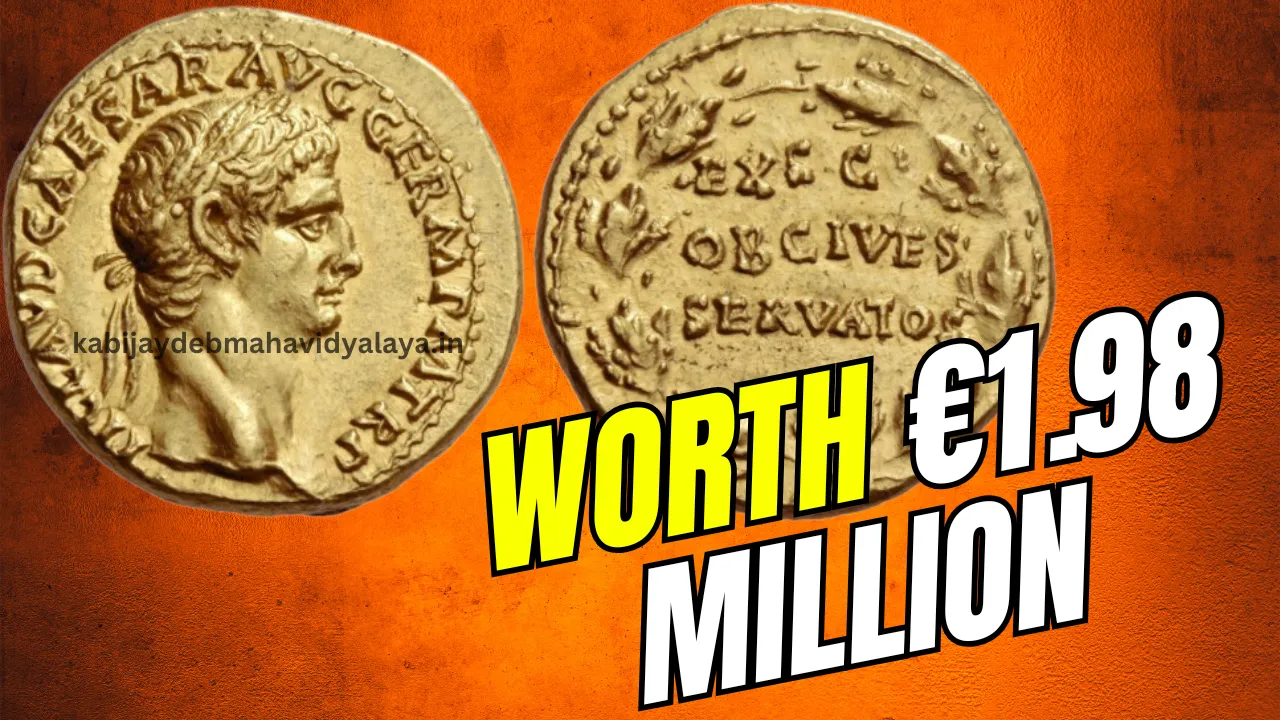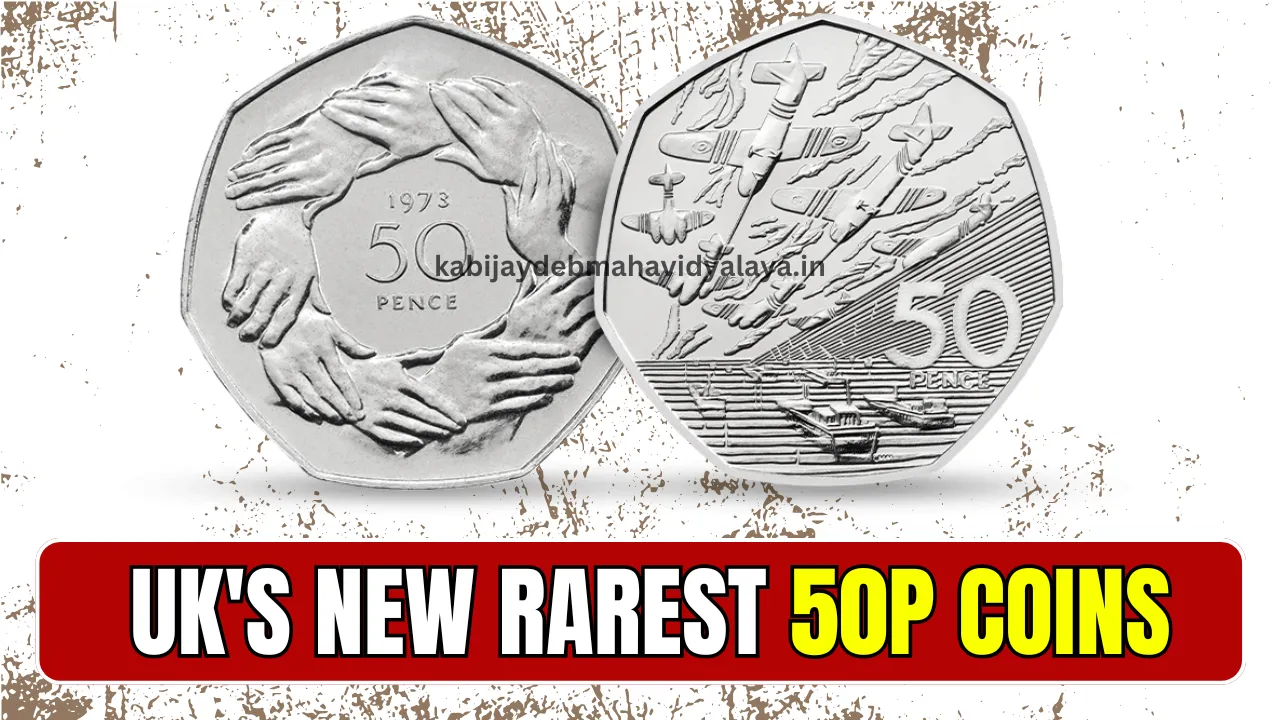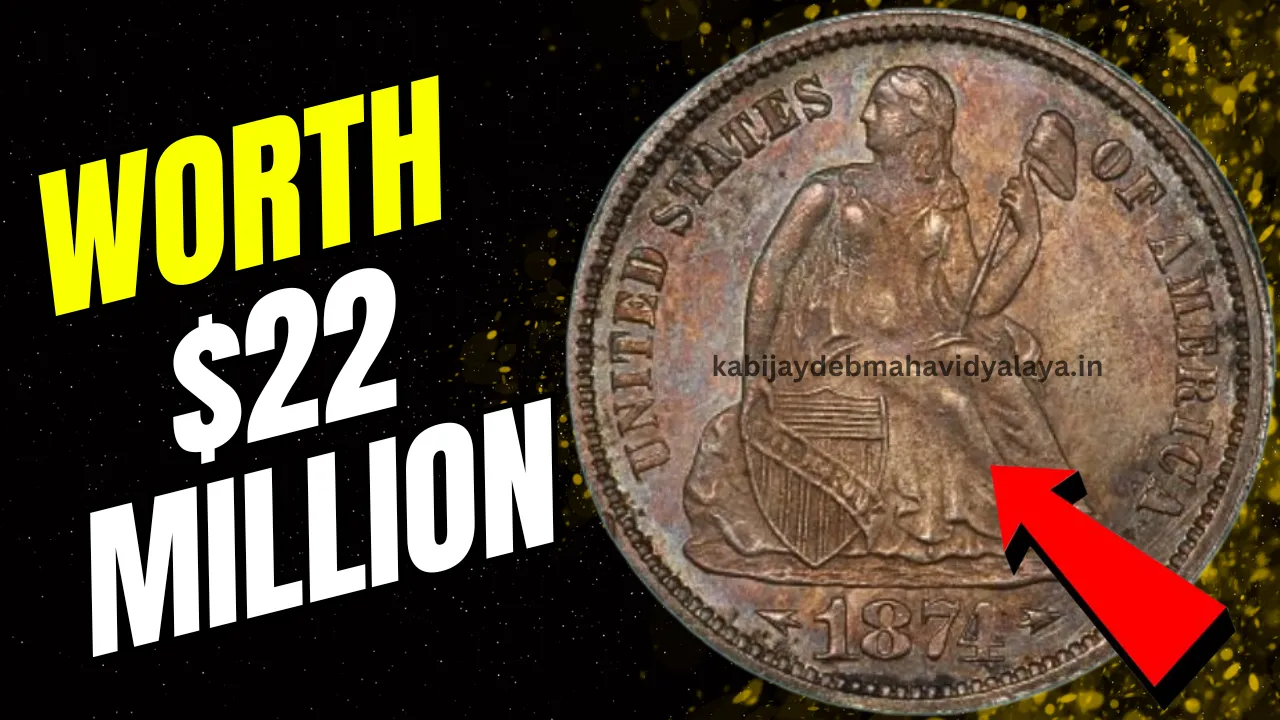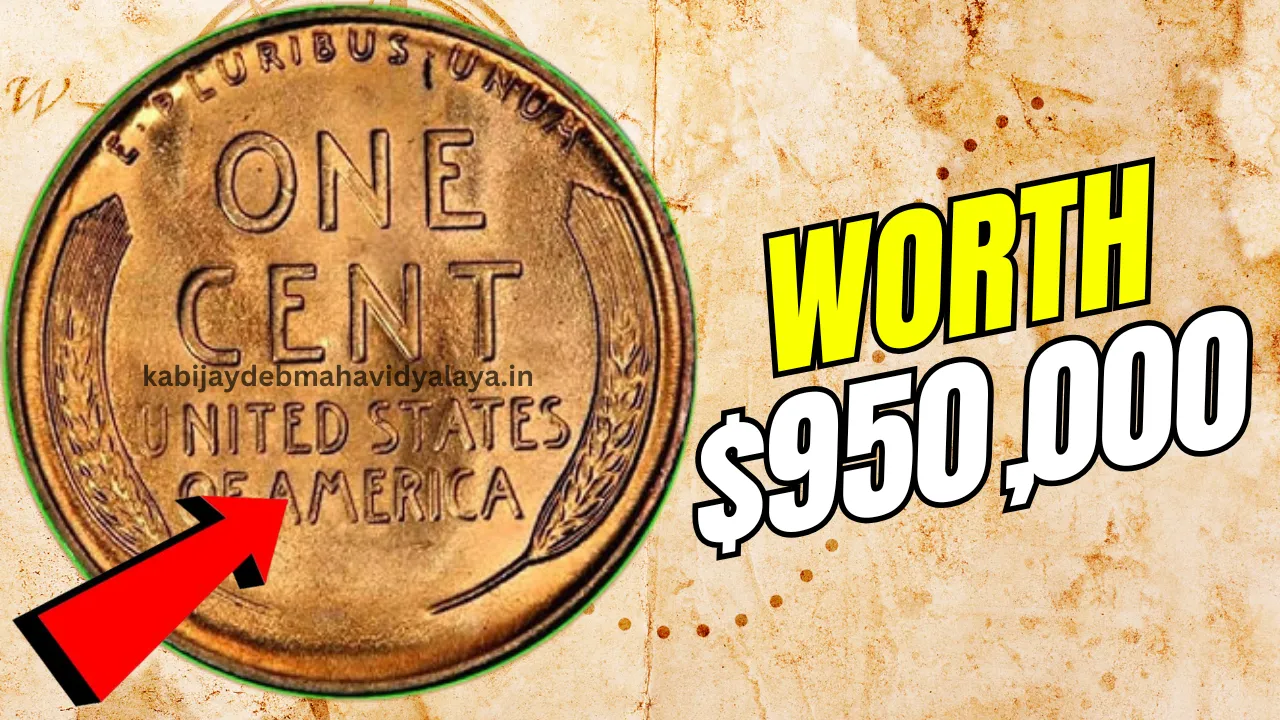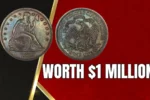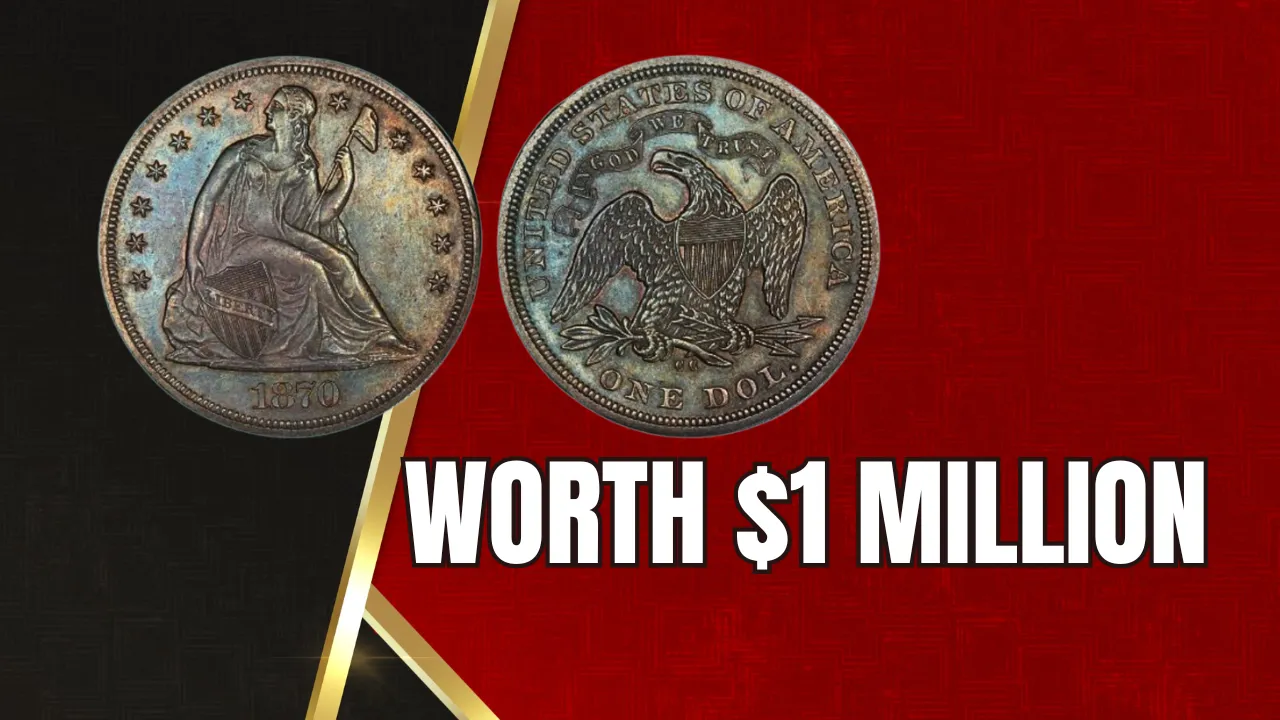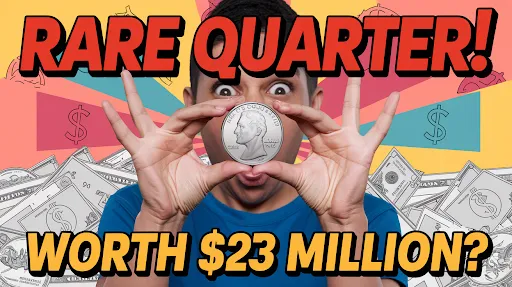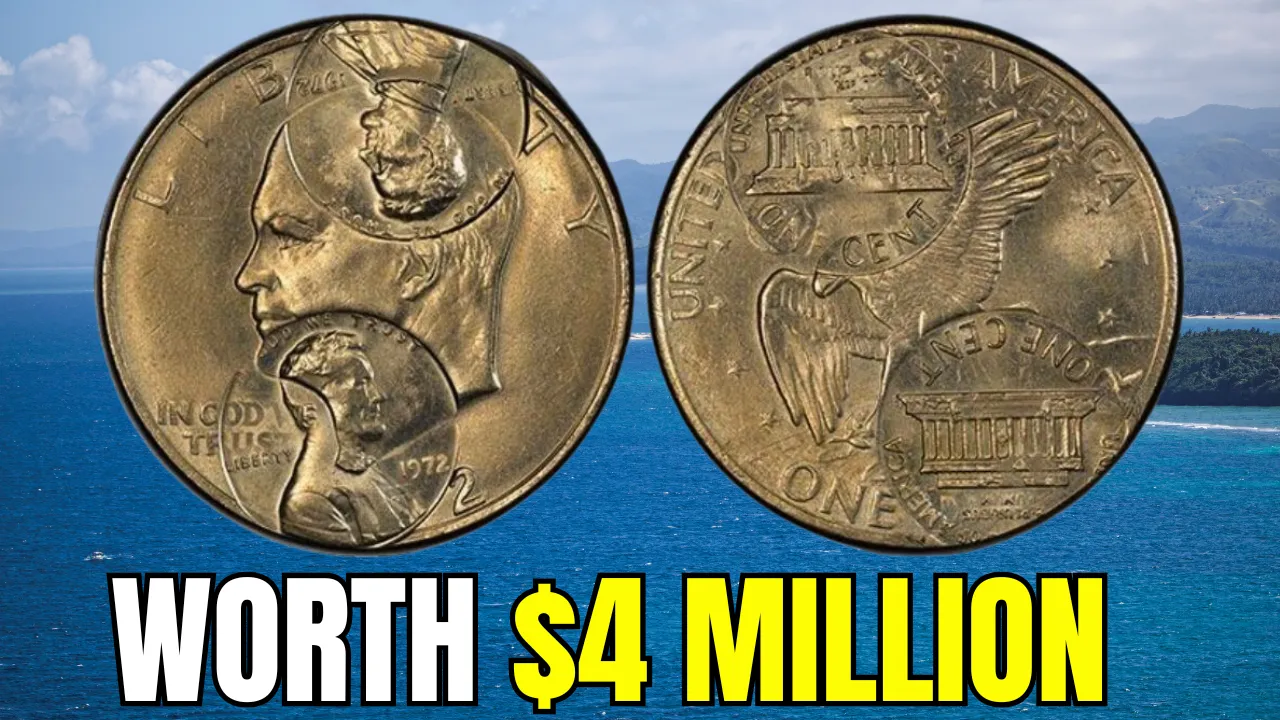Rare Roman Coin Fetches €1.98 Million at Geneva Auction: The recent sale of a rare Roman coin for an impressive €1.98 million at a Geneva auction has drawn global attention. This ancient coin, minted over 2,000 years ago, represents a pivotal moment in Roman history—the tumultuous period following Julius Caesar’s assassination. Featuring the portrait of Brutus, one of Caesar’s chief conspirators, this artifact stands as both a historical treasure and a collector’s dream.
This article delves into the unique features, historical significance, and record-breaking sale of this rare Roman coin. Discover why this eight-gram piece of metal has captivated collectors and historians alike and why its value continues to soar.
Overview Table: Rare Roman Coin Details
| Feature | Details |
| Minted | 43-42 BC by Brutus and his allies |
| Auction Sale Price | €1.98 million |
| Auction House | Numismatica Genevensis, Geneva |
| Front Design (Obverse) | Portrait of Brutus surrounded by a laurel wreath |
| Back Design (Reverse) | War symbols celebrating Brutus’ military victories |
| Weight | 8 grams |
| Rarity | One of only 17 known examples |
| Previous Sale | Sold in 2006 for 360,000 Swiss francs |
Historical Context of the Coin
The rare Roman coin was minted during one of the most volatile periods in Roman history. After Julius Caesar’s assassination in 44 BC, Rome plunged into chaos as political factions vied for power. Brutus, a leading conspirator in Caesar’s death, sought to solidify his position by issuing coins that reinforced his authority and celebrated his military victories.
The coin is an artifact of propaganda, serving as both a medium of currency and a tool to bolster Brutus’ image. The use of his portrait—an unusual feature for Roman coins at the time—symbolized his claim to leadership. The laurel wreath surrounding his profile further emphasized this claim, often associated with victory and divine favor.
Unique Features of the Coin
The rare Roman coin stands out due to its exquisite design and symbolic significance. Its obverse side features a detailed portrait of Brutus, encircled by a laurel wreath that was traditionally reserved for victors. This design choice not only celebrated Brutus’ triumphs but also positioned him as a leader capable of rivaling Caesar.
The reverse side of the coin carries war symbols, including a sword and shields, which commemorate Brutus’ military achievements. These elements served as a rallying cry for his supporters during the civil unrest that followed Caesar’s assassination.
Key Features That Make This Coin Exceptional
- Rarity:
With only 17 examples known to exist, this coin is among the rarest Roman artifacts. Its scarcity significantly boosts its desirability among collectors. - Historical Connection:
The coin is directly tied to one of Rome’s most dramatic events: the fall of Julius Caesar and the subsequent rise of the Roman Empire. - Propaganda Use:
Its design reflects Brutus’ efforts to sway public opinion and cement his legitimacy as a leader, making it an invaluable historical document.
The Auction: A Record-Breaking Sale
The recent auction, held by Numismatica Genevensis in Geneva, saw fierce competition among eight online bidders. The coin’s estimated value of over €800,000 was quickly surpassed as bidding escalated. In the end, it sold for €1.98 million to an unnamed European collector.
Frank Baldacci, the director of Numismatica Genevensis, described the coin as “a piece of history,” underscoring its importance beyond monetary terms. Its price reflects not only its rarity but also the intense demand for ancient artifacts with such historical significance.
Journey Through Time: The Coin’s Provenance
The provenance of this rare Roman coin adds another layer of intrigue. It first resurfaced in the 1950s, listed in a private collector’s catalog. Its next public appearance was in a 2006 auction in Zurich, where it sold for 360,000 Swiss francs. The coin’s increasing value over the years highlights its growing allure among collectors and investors.
The meticulous documentation of its history enhances its authenticity, a crucial factor for high-value coins. With such a well-documented past, the coin remains a coveted item in the numismatic world.
Why Ancient Coins Are Treasured by Collectors
Ancient coins like this rare Roman piece are more than just collectibles—they are tangible links to history. For collectors, owning such coins offers a sense of connection to the past, allowing them to hold a piece of a bygone era.
The combination of rarity, artistry, and historical significance makes these coins highly sought after. They also represent a sound investment, as their value often appreciates over time due to their limited availability and cultural importance. For history enthusiasts, they serve as miniature time capsules, offering insights into the political, economic, and social fabric of ancient civilizations.
FAQs About Rare Roman Coins
What makes this rare Roman coin so unique?
The coin’s rarity (one of only 17 known), its connection to Brutus and Julius Caesar, and its symbolic design all contribute to its uniqueness and high value.
Who bought the coin at the Geneva auction?
The coin was purchased by an unnamed European collector after intense bidding.
Why is the laurel wreath on the coin significant?
The laurel wreath symbolizes victory and leadership, reinforcing Brutus’ claim to power during a politically unstable time.
When was the coin minted?
The coin was minted in 43-42 BC, shortly after Julius Caesar’s assassination.
How much did the coin sell for previously?
In 2006, the coin sold for 360,000 Swiss francs at an auction in Zurich.
Final Thoughts
The sale of this rare Roman coin for €1.98 million underscores its unparalleled significance in the world of numismatics. As a relic of one of Rome’s most pivotal moments, it offers invaluable insights into history while remaining a prized collectible for enthusiasts.
If you’re intrigued by ancient artifacts, consider exploring more about Roman coins and their stories. Have a favorite ancient relic? Share your thoughts in the comments below! And don’t forget to dive deeper into the fascinating world of numismatics to uncover even more treasures of the past.
